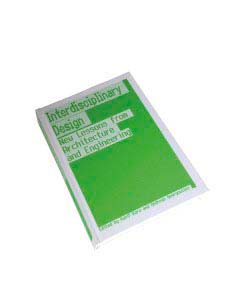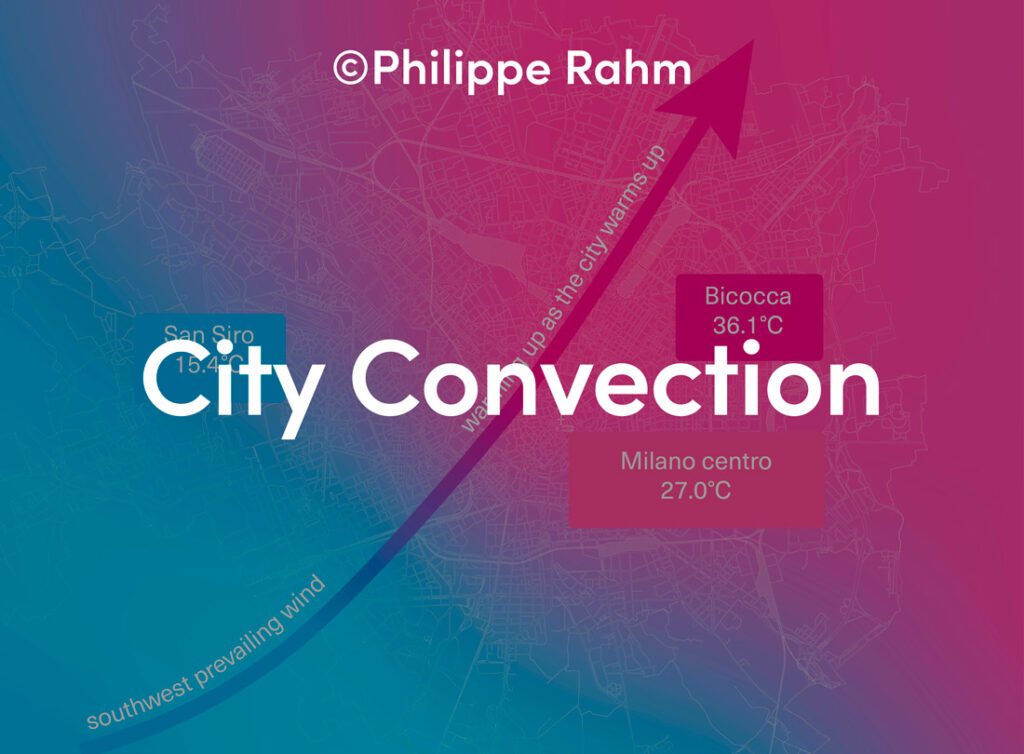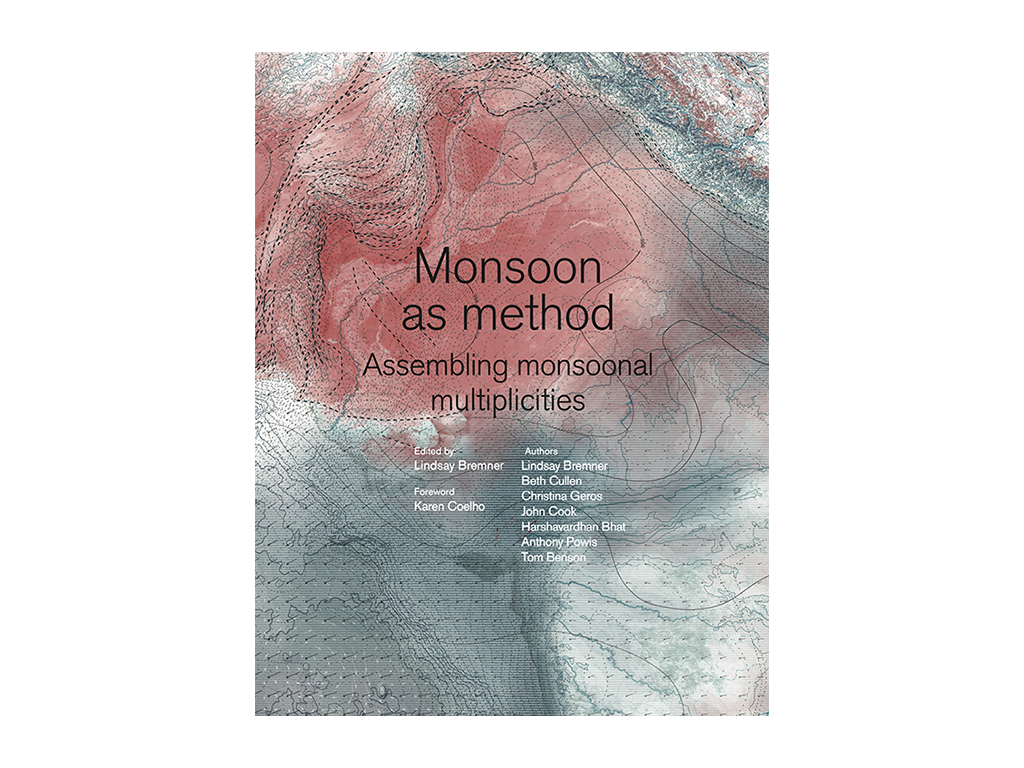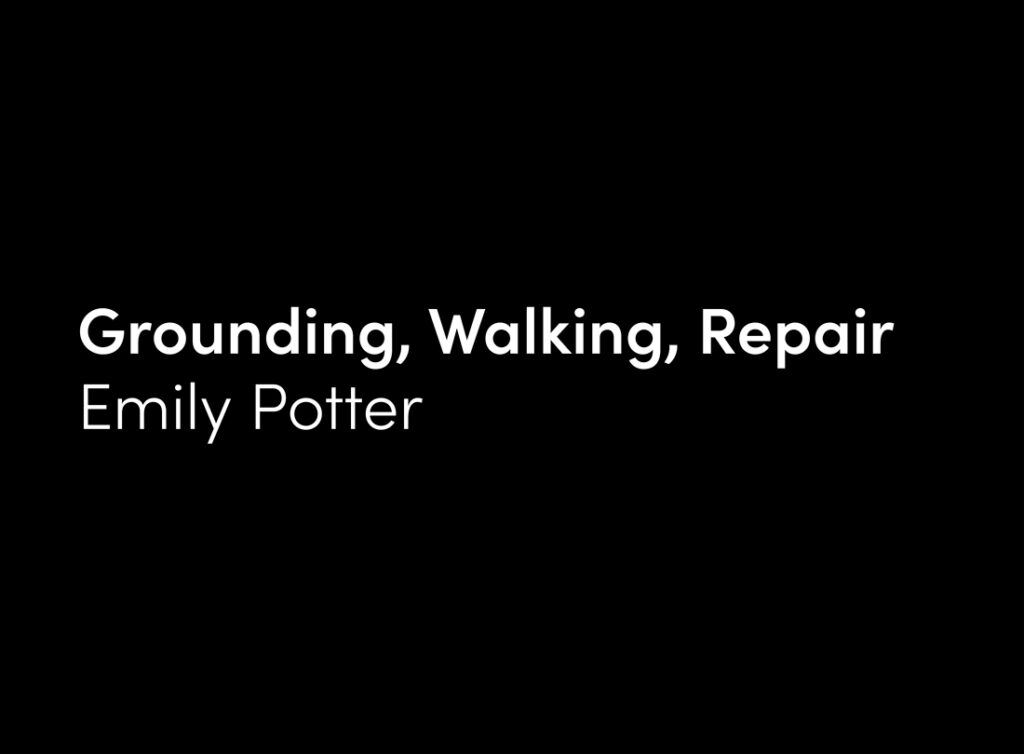The emergence of a new discipline. Climate comfort collaboration.
1. Examining Preconceptions and Targeted Solutions
The initial stages of design are critical for establishing the direction of the project, and it is often useful to consider precedents while reviewing design parameters. Testing the brief against previously developed models and typologies can be a useful starting point to identify potentially fruitful strategies, or to dismiss blind alleys. The risk in this methodology is that a design solution is imposed on the project, without that solution having been generated through a fundamental analysis and prioritization of the brief and site opportunities. Such a preconceived design solution may address some of the site or functional issues, but contain inherent failings with regard to other issues particular to the new context. Targeting outcomes is a useful discipline at these early stages: describing the building’s character and the terms of its operation can help prioritize the most important attributes of the design and crystallize thoughts on means to achieve these outcomes.
2. Prioritizing Issues
It is useful for the architect to employ tools to help the client and design team prioritize elements of the building’s performance, to establish the focus of the design team effort. Within the context of bioclimatic issues, the design team will need to address diurnal and seasonal changes in the local environment of the site, investigating the impacts of temperature, wind, rain, sunlight, and acoustic conditions. Feilden Clegg Bradley Studios have developed a matrix to describe the range of design targets and solutions available to the project to address particular environmental issues. By defining good-practice, best-practice, innovative, and pioneering benchmarks, this tool helps the client and design team prioritize those features that are felt to be the most significant for exemplary performance and innovation.
3. Directing the Design Process
Adherence to the design principles set out at the inception of the project is always a challenge in the face of practical, cost, and construction issues that arise during the process. The architect needs to lead the way through often-conflicting demands. Our experience shows that significant design moves that integrate structure and services into the building fabric are more likely to be retained when all parties to the design process have been involved in their inception and the relationships between elements are understood. Some fundamental issues can become problematic when the design team is fractured—for example, in a design-build contract where a contractor takes over the lead of a project and brings in a mechanical services contractor before detailed design is complete.
4. Using Holistic Feedback.
In the United Kingdom, there is increasing interest in the benefit of post-occupancy evaluation as a tool to monitor the performance of buildings in use and to provide data to optimize their operation. This feedback loop can be significant at early stages in the design process in reminding the design and client team to consider operational and control issues.












